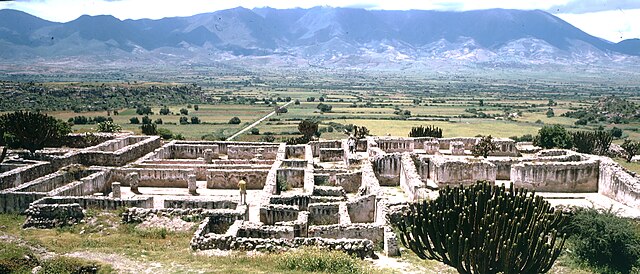Yagul, a mesmerizing archeological site, offers a unique window into the Zapotec civilization’s past. Located in the sun-drenched valleys of Oaxaca, Mexico, Yagul, which translates to “old tree” in the Zapotec language, was once a powerful city-state. The site thrived after the fall of Monte Albán, around 500-700 AD, and bears witness to the ingenuity and artistry of its builders. Visitors can explore the fortress-like structures, the impressive ball court, and the elaborate tombs carved into rocky cliffs. Known for intricate stone mosaics and elaborate frescoes, Yagul reveals the Zapotec’s advanced urban planning and their deep connection with spirituality and the afterlife.
Zapotec civilization
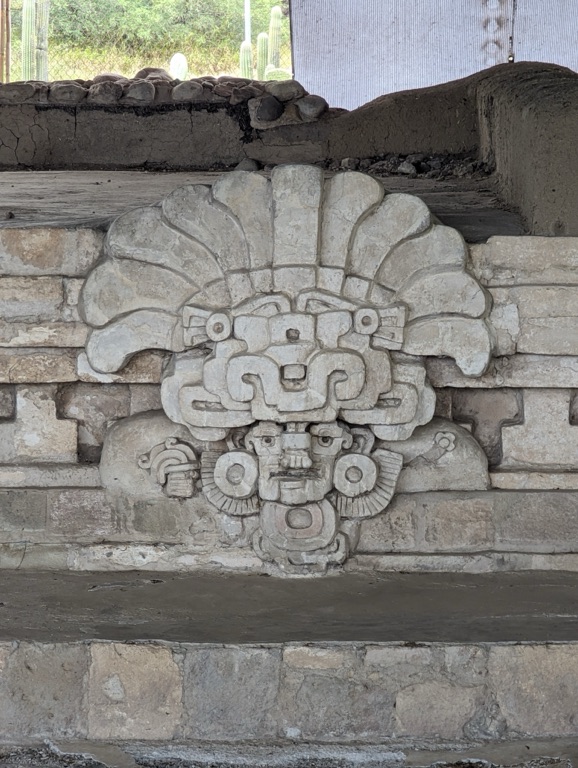
The Zapotec civilization was a pre-Columbian culture that flourished in the Valley of Oaxaca in Mesoamerica. Archaeological evidence suggests that their society was highly organized and developed as early as 500 BCE. They were great builders, as seen in the monumental structures of Monte Albán, which served as their central city. The Zapotecs constructed pyramids, temples, and ball courts that stand as a testament to their architectural skill and religious practices. They also developed a form of writing, which was among the earliest in Mesoamerica. The Zapotec civilization used this script to preserve their history and culture for future generations. Their influence extended across what is now the southern highlands of Mexico, showing their significant role in the region’s history.
Their society was not only complex in structure but also rich in culture. The Zapotecs were known for their artistry, creating detailed pottery, urns, and figurines. They excelled in weaving and dyeing techniques that produced vibrant textiles. The Zapotec people had a deep connection to their land and the cosmos, which shaped their religious beliefs and rituals. They worshipped numerous deities, often associated with natural elements such as rain, maize, and fire. Agriculture was a cornerstone of Zapotec life, with maize, beans, and squash being the primary crops. Their agricultural skills and practices allowed them to sustain large populations and complex societies. The Zapotec civilization’s legacy continues to influence the cultural landscape of Oaxaca and is remembered for its significant contributions to Mesoamerican history.
The Zapotec civilization is renowned for its architectural achievements and its development of a writing system that predates many others in Mesoamerica. Historical Sites like Monte Albán and Mitla showcase the sophistication of Zapotec urban planning, engineering, and art. These sites are not only significant for their historical value but also for their influence on subsequent Mesoamerican cultures. The Zapotecs’ advancements in agriculture, particularly their terrace farming techniques, allowed for the support of large urban populations and set a precedent for future civilizations in the region.
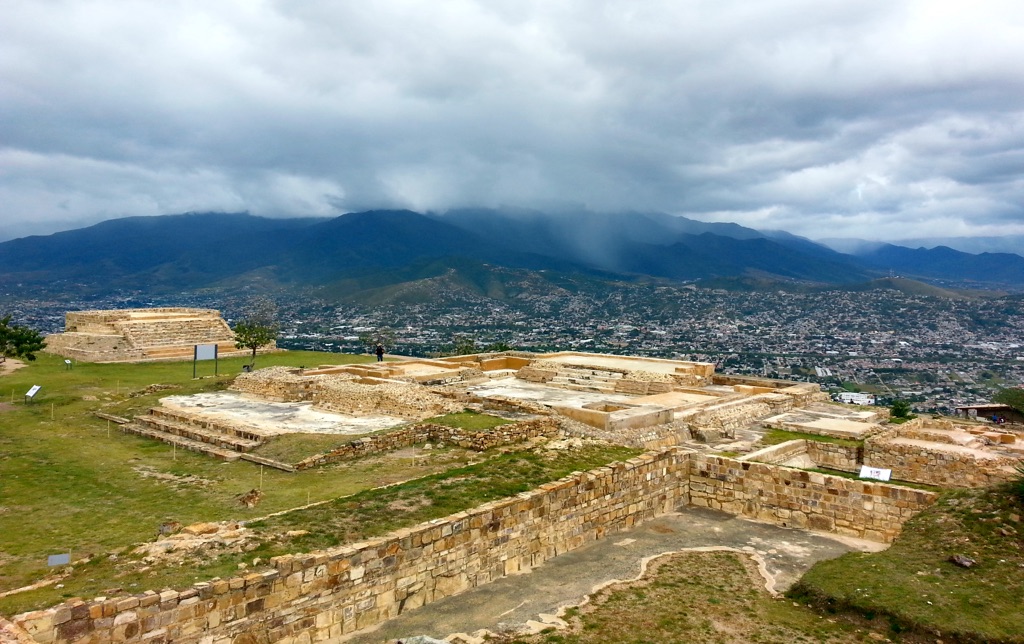
The decline of the Zapotec civilization is attributed to a combination of factors, including environmental changes, warfare, and the pressure from neighboring civilizations. By the time the Spanish arrived in the 16th century, the Zapotec state had fragmented, and its power diminished. However, the Spanish conquest and the subsequent colonial period led to further erosion of the Zapotec way of life, as European diseases, economic policies, and social restructuring took their toll on the indigenous population.
Despite these challenges, the Zapotec people have not disappeared. Today, they continue to live in Oaxaca and its surrounding areas, maintaining many aspects of their traditional culture, language, and practices. The contemporary Zapotec communities are active in preserving their heritage, including their linguistic traditions, crafts, and religious practices. Their resilience and adaptation over centuries stand as a testament to the enduring legacy of the Zapotec civilization.
The Zapotec civilization, spanning from around 500 BCE to the arrival of the Spanish, left a lasting impact on Mesoamerica through its achievements in architecture, agriculture, and arts. Historical Places like Monte Albán and Mitla continue to draw attention to the ingenuity of the Zapotec people. Their development of a writing system, urban planning, and agricultural innovations are key highlights of their civilization. The enduring presence of the Zapotec people and their ongoing efforts to preserve their culture ensure that the legacy of this remarkable civilization will continue to be celebrated and studied for generations to come.
Explore Zapotec civilization Historical Places and Discoveries
Zapotec Civilization FAQs
What is the Zapotec civilization known for?
The Zapotec civilization is renowned for its remarkable achievements in architecture, writing, and astronomy. Flourishing in the Oaxaca Valley of Mexico, they built the magnificent city of Monte Albán, one of the earliest cities in Mesoamerica, around 500 BC. The Zapotecs developed a unique hieroglyphic writing system and made significant advancements in the creation of calendars and monumental buildings. Their craftsmanship in pottery and weaving also stands out, showcasing a rich cultural heritage that has been influential in Mesoamerican history.
What was the Zapotec timeline?
The Zapotec civilization’s timeline spans several millennia, with its origins tracing back to around 2500 BC, when agricultural villages began to emerge in the Oaxaca Valley. The civilization reached its zenith with the establishment of Monte Albán around 500 BC, which continued to be a significant center until about 750 AD. Following this period, the Zapotecs experienced a decline, although they maintained important centers such as Mitla. Their influence persisted until the Spanish conquest in the 16th century AD.
Are there still Zapotec people?
Yes, the Zapotec people still exist today and are one of the largest indigenous groups in Mexico. They primarily reside in the state of Oaxaca but can also be found in parts of Puebla, Guerrero, and the Mexican capital. The contemporary Zapotec community continues to preserve their unique language, traditions, and crafts, including weaving and pottery, contributing to the rich cultural tapestry of Mexico. Their population is estimated to be in the hundreds of thousands, making them a vibrant and integral part of Mexico’s indigenous heritage.
Why did the Zapotec civilization end?
The decline of the Zapotec civilization was a gradual process influenced by several factors. Around 750 AD, Monte Albán, the central city of the Zapotecs, was abandoned, likely due to a combination of environmental degradation, resource depletion, and internal conflicts. Additionally, the rise of neighboring civilizations, such as the Mixtecs, who began to dominate the region, contributed to the Zapotec’s decline. Despite these challenges, Zapotec communities continued to thrive in other areas, such as Mitla, until the Spanish conquest in the 16th century AD, which marked the end of their political and military influence but not their cultural legacy.
Are Zapotec and Mayan the same?
No, the Zapotec and Mayan civilizations are not the same. Although both are indigenous peoples of Mesoamerica, they developed distinct cultures, languages, and territories. The Maya civilization was primarily located in what is now southeastern Mexico, Guatemala, Belize, and parts of Honduras and El Salvador. In contrast, the Zapotec civilization was centered in the Oaxaca Valley of Mexico. Both civilizations made significant contributions to Mesoamerican culture, including writing systems, architecture, and mathematics, but they evolved independently of each other and have unique characteristics and histories.
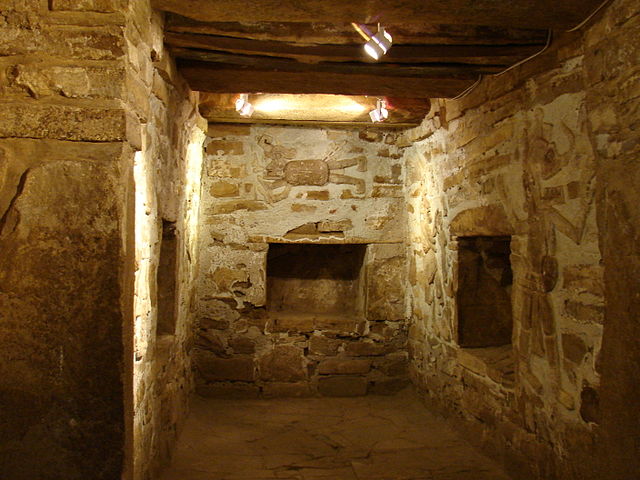
Zaachila
Discover the ancient town of Zaachila, a site of significant historical importance in Oaxaca, Mexico. Once the capital of a Zapotec kingdom, its roots plunge deep into the pre-Columbian era. Visitors to Zaachila are welcomed by the remnants of a powerful culture with its array of archaeological wonders, including royal tombs and intricate carvings that hint at the complexity of the former Zapotec civilization. The area tells a story of political prowess, uniquely influenced by both Zapotec and Mixtec peoples, as it transitioned under their shared dominance over time
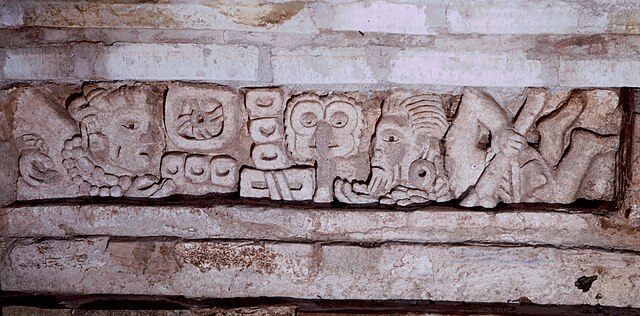
Lambityeco
Lambityeco stands as an ancient marvel in Mexico’s rich historical landscape. Nestled in the Tlacolula Valley of Oaxaca, this lesser-known Zapotec city thrived between 600 and 850 A.D. It’s renowned for its impressive remnants that speak volumes of the Zapotec civilization. Unlike the larger sites of Mitla and Monte Albán, Lambityeco offers an intimate glimpse into the elaborate class system and intricate life of the Zapotec elite. Visitors get to explore the ornate tombs, unique frescoes, and the remnants of their advanced drainage systems. Additionally, the site’s salt production gave it economic significance, making it an essential part of the region’s trade network.
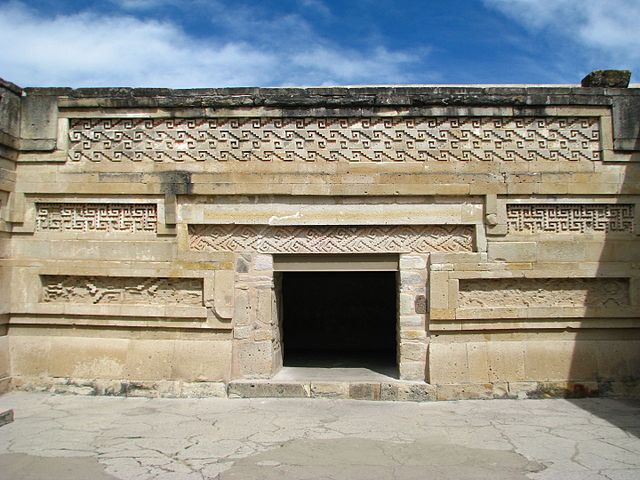
Mitla
Located in the picturesque Oaxaca Valley, Mitla is a stunning testament to the ingenuity of the Zapotec civilization. This historic site boasts some of the most intricate and masterfully crafted mosaics in the Americas. Unlike any other pre-Columbian ruins, Mitla’s walls are adorned with geometric patterns that continue to captivate visitors. These designs were carved without the use of mortar. They symbolize the site’s spiritual significance and the Zapotecs’ remarkable architectural prowess.
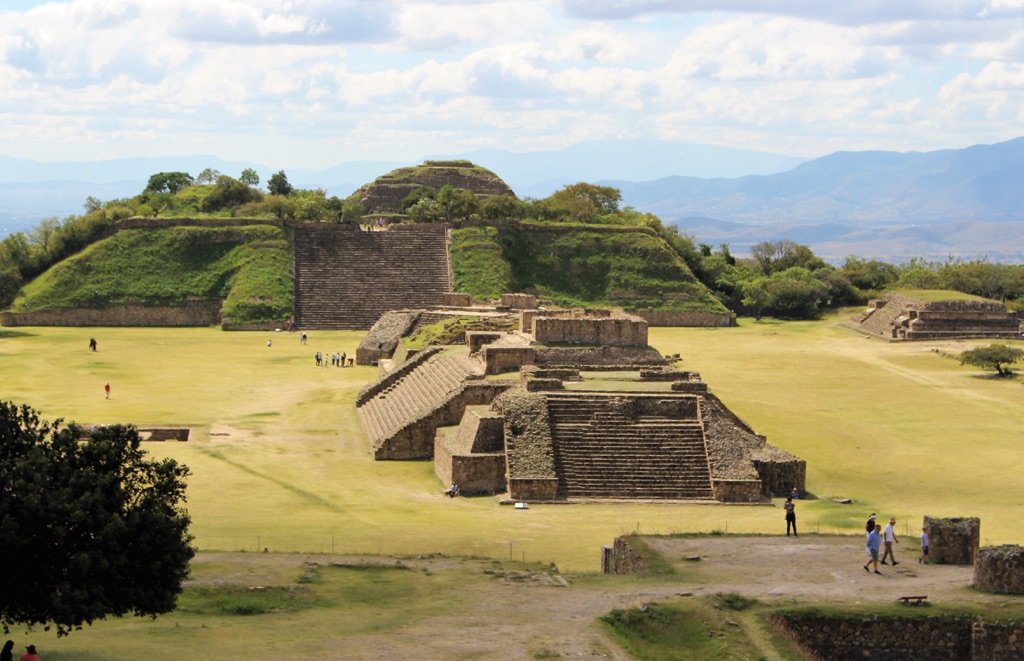
Monte Alban
Monte Alban stands as a testament to the ingenuity of the Zapotec civilization. Perched atop a mountain in Oaxaca, Mexico, it offers breathtaking views and an insight into pre-Columbian history. The site’s impressive architecture includes grand plazas, intricate carvings, and monumental structures. Visitors can explore the remnants of temples, ball courts, and altars that speak of a time when the city was a bustling center of power. Monte Alban encapsulates the Zapotec’s advanced urban planning, with its layout harmoniously integrating with the natural landscape.

